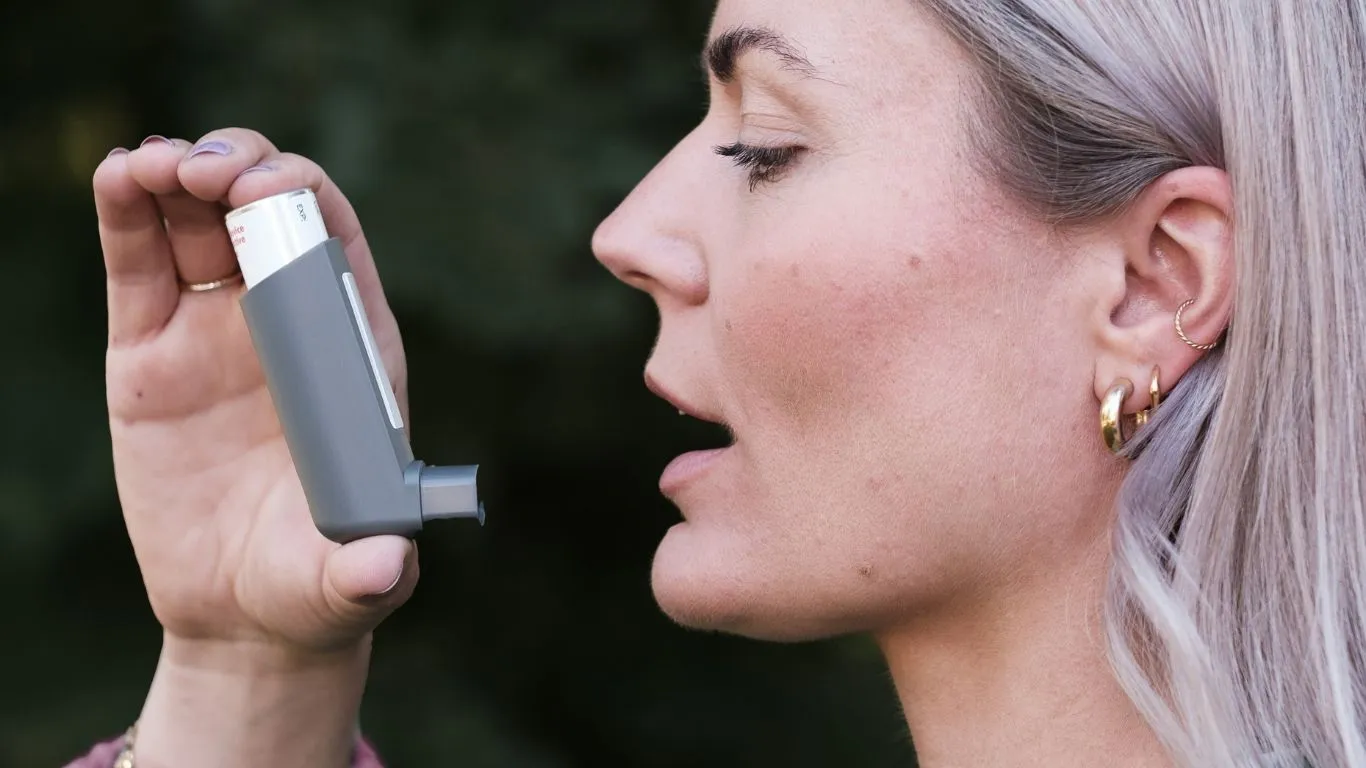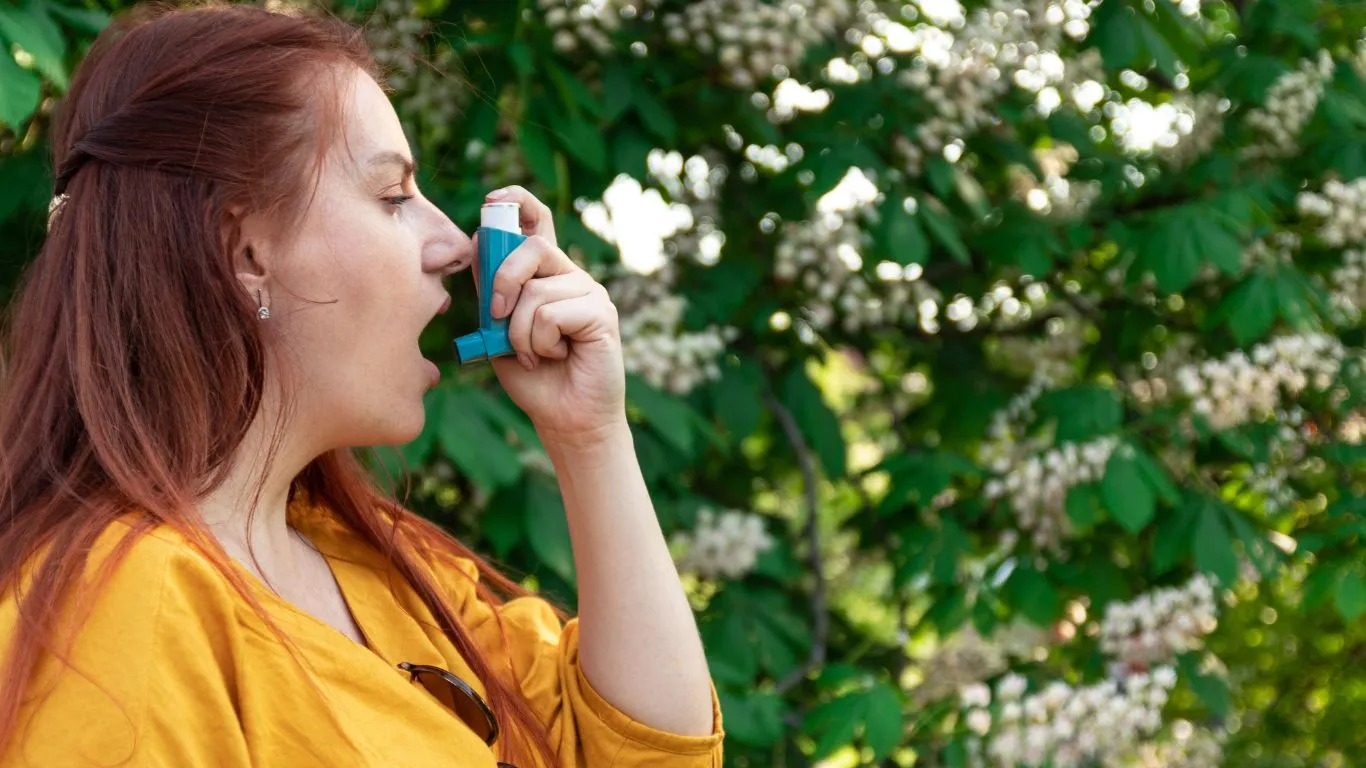Asthma and Breathing Exercises for Children: Simple and Effective Solutions for Your Child’s Respiratory Health
Hey there! If you’re a parent or caregiver of a child with asthma, you know how challenging it can be to help them manage the condition. But here’s the good news: one of the simplest yet most effective tools you have at your disposal is something I’ve been recommending for years – breathing exercises. In my experience as an asthma expert, asthma and breathing exercises for children can go hand-in-hand to improve their breathing, reduce anxiety, and help them stay more active and healthy.
Let me tell you right now – it’s not about fancy techniques or overwhelming routines. The right breathing exercises can be done anywhere and anytime, and they can make a huge difference for your little one. It’s like teaching them a secret skill to help them stay calm, in control, and breathe easier.
Why Breathing Exercises for Asthma?

Before we dive into the specifics, let’s take a step back and talk about why breathing exercises matter in the first place. As a parent, you’ve probably experienced the stress of watching your child struggle to catch their breath or the panic of seeing asthma symptoms flare up. It’s tough, right?
But here’s the thing – when you practice breathing exercises regularly, it helps strengthen the muscles around the airways, which makes it easier for your child to breathe. It’s like giving their lungs a workout, which helps them become more resilient in the long run.
Breathing exercises teach kids to take deep, controlled breaths, which helps them relax during stressful moments. For children with asthma, this can make all the difference when they’re feeling anxious or when an asthma attack is about to happen. Better control over their breath can ease symptoms before they even escalate.
Troubleshooting Common Issues with Breathing Exercises

As you start integrating breathing exercises into your child’s routine, you might run into a few bumps along the way. Don’t worry; it’s normal! Here are some common challenges I’ve seen parents face, along with tips to make things go more smoothly.
1. My child doesn’t understand the technique. How can I help? I totally get this. Kids can be reluctant to try something new, especially when it involves deep breathing. When I first started teaching my clients’ kids breathing exercises, we made it into a game! Have them pretend they’re blowing up a balloon or blowing bubbles. These playful activities teach them the mechanics of taking deep, slow breaths without making it feel like a “chore.”
2. Staying focused is tough. How can we work on that? You know how kids can get distracted in a heartbeat! Keeping their attention can be tricky. Start with small, manageable sessions – like 2 to 3 minutes at a time. You can even set a timer so they have a goal to focus on. Gradually, as they get better, you can increase the time.
3. Resistance to doing the exercises. What should I do? This is a big one. If your child doesn’t feel like doing the exercises, try not to force it. Instead, turn it into something fun. You could practice breathing together (trust me, kids love doing things alongside you) or offer a small reward for sticking with it. For example, after they’ve done their breathing exercises, they can pick a game or activity to do.
My Experience with Breathing Exercises for Children

I’ve been working in respiratory health for years, and I can tell you that I’ve seen so many kids’ asthma symptoms improve dramatically with regular breathing exercises. Let me share a couple of stories that might help you visualize the impact these exercises can have.
Case Study 1: Olivia’s Nighttime Coughing Olivia, a 6-year-old, came to me for help with her persistent nighttime coughing that was waking her up every few hours. She was using her inhaler regularly, but her parents were still worried. I suggested incorporating diaphragmatic breathing into her bedtime routine. Every night, Olivia and her parents would spend 5 minutes doing slow, deep belly breaths before heading to bed. Within just a few weeks, Olivia’s nighttime cough improved drastically. Her parents were thrilled to see her get a full night’s sleep without worrying about asthma attacks!
Case Study 2: Leo’s Exercise-Induced Asthma Leo was a super energetic 9-year-old who loved soccer, but his exercise-induced asthma made it difficult for him to keep up with his friends. After introducing him to pursed-lip breathing (where you breathe in through your nose and exhale slowly through pursed lips), Leo was able to manage his breathing during physical activity. He could play longer without feeling winded or coughing. The smile on his face after scoring a goal was priceless!
Simple Breathing Exercises Your Child Can Do

Now, let’s get to the fun part – the actual exercises! I know it’s easy to get caught up in thinking that it’s all about complicated techniques, but I promise you, some of the best exercises are the simplest. Here are a few that I recommend regularly for kids with asthma.
1. Diaphragmatic Breathing (Belly Breathing)
This one is great for calming the body and improving lung function. It’s super simple – your child will love it! Here’s how it goes:
- Have your child sit or lie down comfortably.
- Place a hand on their belly and the other on their chest.
- Ask them to breathe in slowly through their nose, making sure their belly rises (not their chest).
- Exhale slowly through the mouth, feeling their belly fall.
- Do this for 2–3 minutes, gradually increasing the time.
2. Pursed-Lip Breathing
This technique is perfect for teaching your child to slow down their breathing and control it more effectively. It’s also great if they’re experiencing shortness of breath or if you need to calm them down in the middle of an asthma attack.
- Inhale slowly through the nose for a count of 2.
- Purse the lips as if you’re about to whistle and breathe out slowly through the lips for a count of 4.
- Repeat this for a few minutes, focusing on slowing the breath.
3. Box Breathing (Square Breathing)
This technique is all about focus and can be helpful when your child feels overwhelmed. It’s also fantastic for regulating the breath. Here’s how to practice it:
- Have your child sit comfortably and close their eyes.
- Inhale for a count of 4.
- Hold the breath for a count of 4.
- Exhale for a count of 4.
- Hold the breath again for a count of 4.
- Repeat this cycle several times.
Key Takeaways / Summary
Let’s wrap up with some key takeaways you can remember when helping your child manage their asthma with breathing exercises:
- Breathing exercises are a simple, effective tool to help children manage asthma and improve lung function.
- Start with short sessions, gradually building up as your child gets more comfortable.
- Use fun activities to make the exercises enjoyable and engaging for your child.
- Focus on deep, controlled breaths, such as diaphragmatic breathing, pursed-lip breathing, and box breathing.
- Consistency is key – try to make breathing exercises a regular part of your child’s routine.
5 FAQs about Asthma and Breathing Exercises for Children
- 1. How often should my child practice breathing exercises? Aim for at least once or twice a day. It can be more often if your child has symptoms they need to control.
- 2. Are these exercises a replacement for asthma medication? No, these exercises complement the treatment plan, but medication should still be a priority. Always follow your doctor’s advice.
- 3. Can children with severe asthma still do breathing exercises? Absolutely! In fact, breathing exercises can be particularly helpful for children with severe asthma. Just make sure they’re doing them safely and within the limits of their condition.
- 4. What if my child resists doing the exercises? Make it fun! Turn it into a game or do the exercises together. When kids see that it’s not a punishment, they’re much more likely to get involved.
- 5. How long does it take to see results? You’ll likely see some improvement in a few weeks, but results vary. Consistency is key for long-term benefits.
Appendix
References
Disclaimer
The advice here is for educational purposes only. Always consult with a healthcare provider for guidance specific to your child’s asthma.
Call to Action
If you’re ready to give breathing exercises a try, start incorporating them into your child’s routine today! Reach out to a respiratory health expert to learn more about the best techniques for your child.

Bianca Nala is a compassionate Nurse Practitioner with a strong background in primary and respiratory care. As a health writer for Healthusias.com, she combines her clinical expertise with a talent for clear, relatable storytelling to help readers better understand their health. Bianca focuses on topics like asthma, COPD, chronic cough, and overall lung health, aiming to simplify complex medical topics without losing accuracy. Whether she’s treating patients or writing articles, Bianca is driven by a single goal: making quality healthcare knowledge accessible to everyone.





